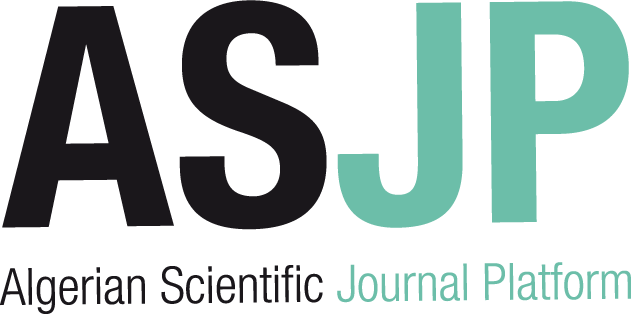[article]
| Titre : |
Role of interface morphology in the exchange-spring behavior of FePt/Fe perpendicular bilayers |
| Type de document : |
texte imprimé |
| Auteurs : |
F. Casoli, Auteur ; F. Albertini, Auteur ; L. Nasi, Auteur |
| Année de publication : |
2011 |
| Article en page(s) : |
pp. 3594–3601 |
| Note générale : |
Métallurgie |
| Langues : |
Anglais (eng) |
| Mots-clés : |
Magnetic recording thin films Iron alloys Transmission electron microscopy FePt exchange-coupled bilayers Interfaces |
| Résumé : |
The role of interface morphology in the magnetic behavior of FePt/Fe exchange-coupled systems has been considered. Hard/soft bilayers with different interface morphologies were obtained by depositing Fe thin layers on FePt epitaxial layers with different morphologies, but all with a high degree of L10 ordering and high coercivity. It was found that the hard/soft coupling can be tuned by changing the FePt morphology, allowing tailoring of the hysteresis loops and modification of the magnetic regime at a fixed Fe thickness (from Rigid Magnet to Exchange-Spring magnet). Remarkably, all bilayer series showed a drastic reduction in coercivity with increasing Fe thickness to 3.5 nm (μ0HC ⩽ 1.1 T). |
| DEWEY : |
669 |
| ISSN : |
1359-6454 |
| En ligne : |
http://www.sciencedirect.com/science/article/pii/S1359645410001151 |
in Acta materialia > Vol. 58 N° 10 (Juin 2010) . - pp. 3594–3601
[article] Role of interface morphology in the exchange-spring behavior of FePt/Fe perpendicular bilayers [texte imprimé] / F. Casoli, Auteur ; F. Albertini, Auteur ; L. Nasi, Auteur . - 2011 . - pp. 3594–3601. Métallurgie Langues : Anglais ( eng) in Acta materialia > Vol. 58 N° 10 (Juin 2010) . - pp. 3594–3601
| Mots-clés : |
Magnetic recording thin films Iron alloys Transmission electron microscopy FePt exchange-coupled bilayers Interfaces |
| Résumé : |
The role of interface morphology in the magnetic behavior of FePt/Fe exchange-coupled systems has been considered. Hard/soft bilayers with different interface morphologies were obtained by depositing Fe thin layers on FePt epitaxial layers with different morphologies, but all with a high degree of L10 ordering and high coercivity. It was found that the hard/soft coupling can be tuned by changing the FePt morphology, allowing tailoring of the hysteresis loops and modification of the magnetic regime at a fixed Fe thickness (from Rigid Magnet to Exchange-Spring magnet). Remarkably, all bilayer series showed a drastic reduction in coercivity with increasing Fe thickness to 3.5 nm (μ0HC ⩽ 1.1 T). |
| DEWEY : |
669 |
| ISSN : |
1359-6454 |
| En ligne : |
http://www.sciencedirect.com/science/article/pii/S1359645410001151 |
|


 Ajouter le résultat dans votre panier Faire une suggestion Affiner la recherche
Ajouter le résultat dans votre panier Faire une suggestion Affiner la rechercheRole of interface morphology in the exchange-spring behavior of FePt/Fe perpendicular bilayers / F. Casoli in Acta materialia, Vol. 58 N° 10 (Juin 2010)











